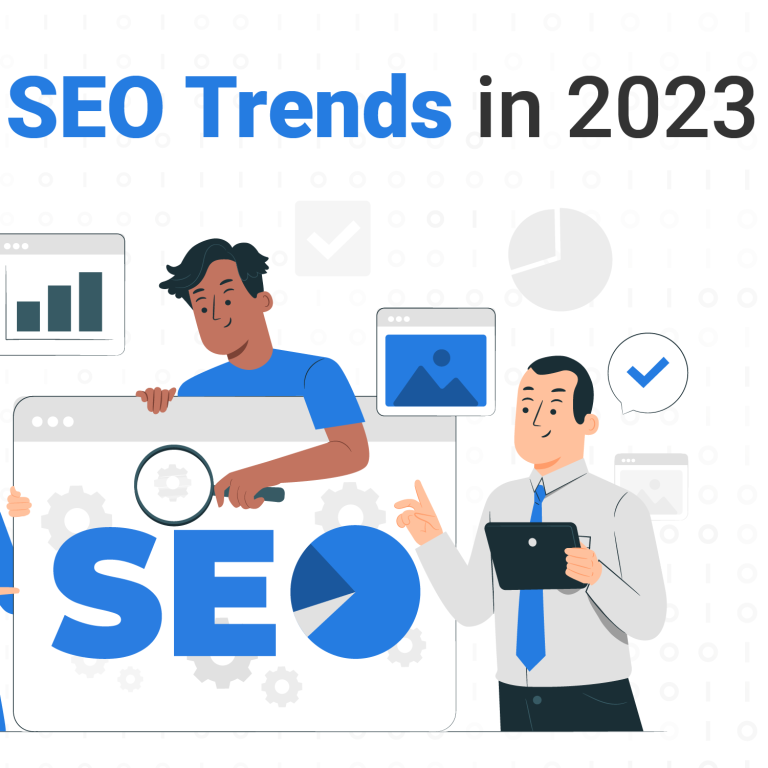We have already covered the most basic parts of SEO or Search Engine Optimisation in one of our previous blog posts here. So let’s dive a bit deeper into the more technical part of SEO, — link building.
Link building is an important part of SEO when you are trying to get your page to rank higher on the search engine results page (SERP). High-quality links and the understanding of this practice is therefore crucial in your SEO work.
What is link building?
Links are an essential part of the internet and how we navigate around websites. Link building refers very simply to the process of getting other websites to link back to your website via hyperlinks. Hyperlinks (also just called links) is a way for search engines to crawl through websites across the internet and locate the best performing websites.
A hyperlink directing back to your website is also an indication that your site is worthy of citation and therefore more valuable to the reader. Therefore, sites with more backlinks or hyperlinks tend to increase their site’s authority and in the end gain higher rankings on the SERP.
However, a link is not just a link and the value of the link also depends on the specific site's authority and domain ranking. A well established newspage such as CNN would have a very high page authority and any link from CNN would therefore be considered of more value as compared to a sketchy news site with a low page authority.
To get a better understanding of what link building actually is, let’s get a bit more technical and have a look at the structure of a hyperlink:
- Start of link tag: This part is called an anchor tag (therefore the “a”). It indicates the start of the link and tells search engines that a link that leads to something else will follow.
- Link referral location: ‘href’ stands for “hyperlink referral”. This part shows where the URL is pointing. This does not have to be a website, but can also be an image or a downloadable file. If this part begins with a # it indicates that the link leads to a different section of the same page.
- Visible/Anchor text of link: This section indicates what the users will actually see on the website. This is often highlighted in blue to indicate it is a clickable link. In this part of the link, it is ideal to add relevant keywords to further implement SEO into your website.
Closure of link tag: The part indicates to Google or other search engines that the link is complete.
Why is link building important?
Link building is important because it plays an important role in how Google ranks web pages. Backlinks function as a constant in Google’s always changing algorithms and continue to remain an important factor in how every search engine determines which sites rank for which keywords. So whether Google’s algorithms get updated or not, your backlinks will always remain a trusted source for Google to rank your pages.
Besides the technical part of link building it can also bring various benefits when it comes to your business. Link building helps:
- Builds relationships. There are different ways of acquiring leads that we will cover later in the blog post, but one of the strategies is to reach out to other businesses and hopefully convince them to link your business URL on their platforms. This could be done through blogs, promotions, etc. In the progress of reaching out to other companies, you’re able to take the opportunity to build meaningful business relationships with them.
- Brand building. A big part of link building is content creation, and by writing well-performing blog posts around your expertise you can establish yourself as an expert in your area which will help your brand.
Types of links
In the link building process, there are different types of links that you can aim for. The main types of links are Nofollow and Dofollow backlinks.
Nofollow links are links that contain a rel=”nofollow” attribute in its HTML code. This attribute tells the search engine not to pass authority from the linking page to the destination page. Therefore, the Nofollow links have very little value from an SEO point of view, as it does not pass the link equity, also known as “link juice”. In other words, a Nofollow link does not help to improve your page rankings.
Dofollow links, on the other hand, do pass the link equity from one page to another. However, technically, Dofollow is not a correct term because there is no rel=’dofollow’ attribute to be added and is therefore just considered a normal link.
Besides a Nofollow link, Google also introduced two new attributes in 2019 that do not pass authority. They only help you identify the nature of the links.
These are:
- rel=”sponsored” for sponsored, affiliate, or paid links
- rel=”ugc” for user-generated links like comments or forum posts.
Link building tactics/how to get links
Now that we have established a bit about what link building is and why it is important, let us look at how you can acquire these links. The link building process can be done in many different ways, some better than others. Let’s go through the most common link building tactics together.
Content-based link building
Content-based link building is, as the name indicates, is based on a piece of content that you use to try and get links. This can be done through e.g. an infographic, a data visualization, a white paper, a how-to guide, a video, or a blog post.
It’s important that the content is built with the intention of gaining links so that it is either relevant, funny, informative, interesting, etc. Once you have created your content, you can reach out to companies in an attempt to get them to use your content and get them to link your business URL on their platforms so that it links back to your website. This could be bloggers, influencers, newspapers, etc.
Guest blogging
Another way of acquiring links is through guest blogging. With guest blogging, you could approach other websites to see if they are willing to publish a piece of content that you’ve written on their blog in exchange for them linking back to your website.
This is a very effective way of acquiring links, but this tactic has also been misused in the past with blogs that were filled with low-quality content and anchor text that was over-optimized. But rest assured that Google has noted these trends and is becoming very good at finding and devaluing links built in this way.
Ego bait
Ego-bait is a link building strategy that plays on the ego of other websites or people. By creating content mentioning and praising specifically websites/blog the hope is that there is a greater chance the respective websites will share your content.
These specific content pieces could be award lists, such as ‘The 10 Best Food Blogs in Malaysia’. The goal is then for those 10 blogs featured in your list to hopefully share your content on their website.
Broken link building
Another way of acquiring links can be through broken link building. With broken link building the goal is to find other websites with broken links and offer your content as a solution. To give an example, if you are a marketing agency and you’re looking to build links to your website, you can search for companies that offer similar solutions but are not a direct competitor.
This could be an information based website and you notice their section around SEO is not up to date or full of broken links. You can then reach out to them and offer them to use your content regarding SEO instead as long as they link back to your website.
Link reclamation
Link reclamation is a very simple and fast technique to gain a few links. Link reclamation is the process of finding, fixing or replacing broken links pointed at your website. This can be done on your own site to internal pages or external links other people are using on their sites.
Even though this tactic doesn’t build new links, it provides a way to not lose link juice from already existing links, which is just as important.
Even though it can seem very tempting to just get a lot of links from low quality sites it won’t be beneficial in the end. Especially now with every Google update, it is able to pick up sites that are acquiring links in a fraudulent way.
If you are in doubt or looking for someone to have a look at your SEO efforts, please reach out to us and we will help you take your SEO to the next level. Speak to an expert now and reach out to us at hello@admiral.digital.





